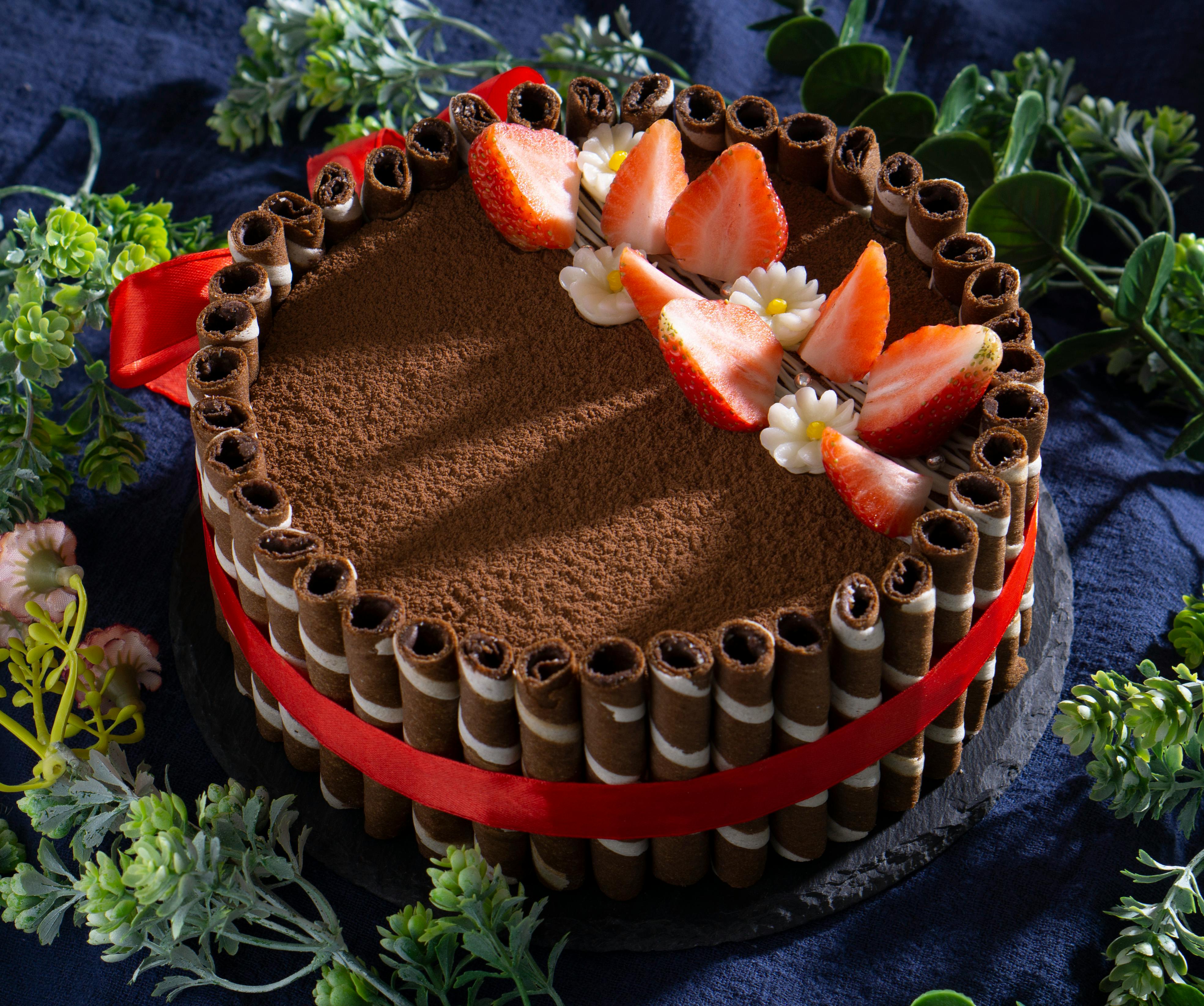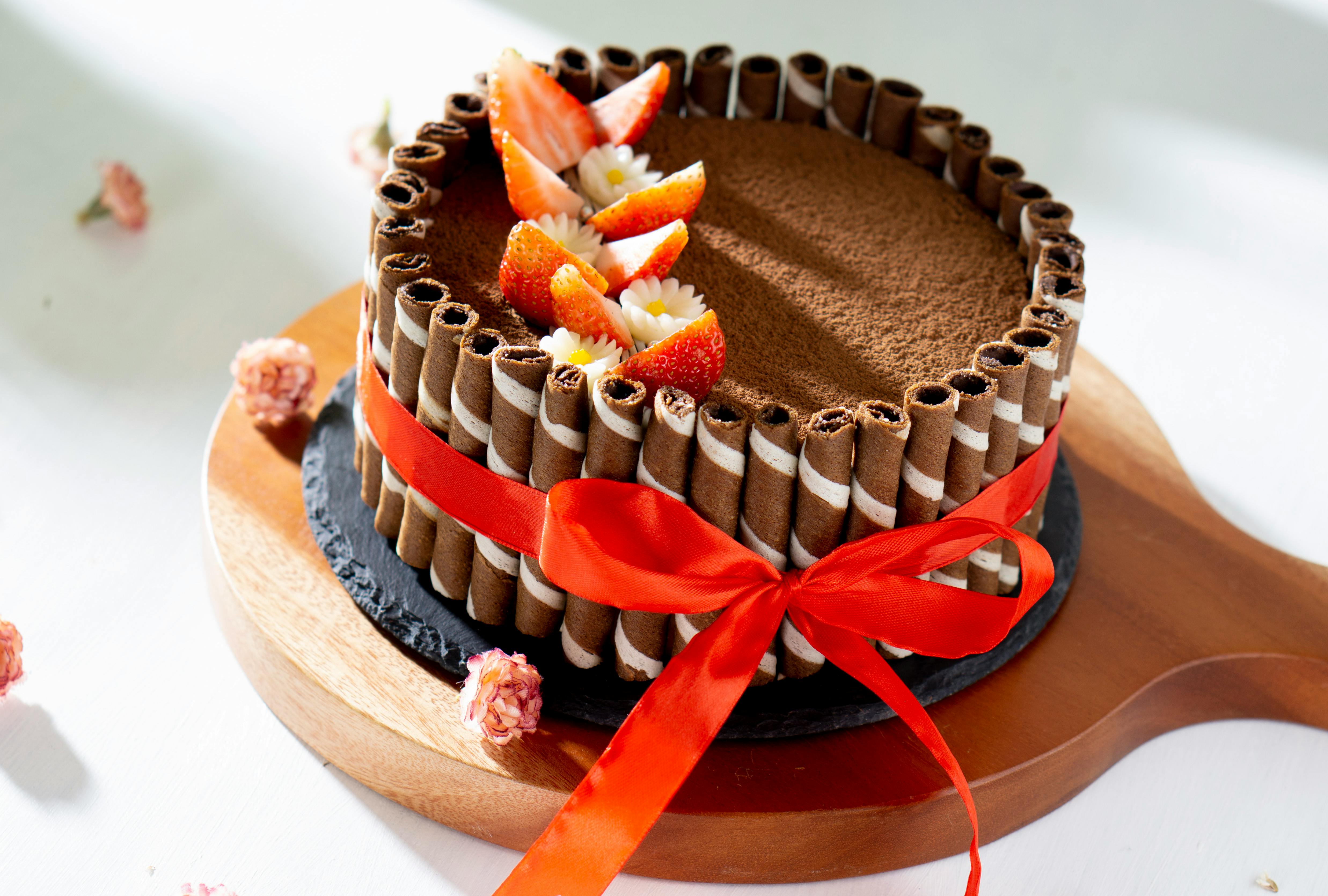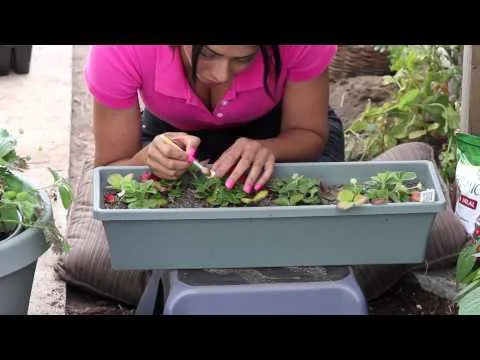Do strawberry flowers need to be pollinated? This is a question that many gardeners and farmers ask, as it is important to know if pollinators are required in order for the flowers to produce fruit. In this article, we will discuss the role of pollinators in the production of strawberries, and what needs to be done in order for the flowers to be successfully pollinated.Pollination is the process of transferring pollen grains from the male anther of a flower to the female stigma. This transfer facilitates the fertilization of the ovules in the flower, allowing for seed production and ultimately, the reproduction of plants. In addition to aiding plant reproduction, pollination is important for producing many fruits and vegetables that humans eat.
Strawberry Flowers and Pollination
Strawberry flowers play an important role in the pollination of the strawberry plant, and their ability to attract pollinators helps to ensure successful fruit production. Strawberry flowers are hermaphrodites, meaning they have both male and female parts, which enable them to self-pollinate. However, efficient pollination is usually achieved through the help of insects such as bees, moths, butterflies, and other pollinators that are attracted to the sweet nectar from the flowers. The pollen from these insects is then transferred to other flowers for successful cross-pollination.
In addition, strawberry flowers are also important for another reason – they provide a source of food for beneficial insects that can help protect the plants from pests. The sweet nectar attracts many different types of beneficial insects such as wasps and parasitic wasps that can help control aphids and other pests that may feed on the strawberry plants. By attracting beneficial insects with its flower nectar, the strawberry plant is able to better protect itself from potential pest damage.
Overall, strawberry flowers play an important role in both pollination and protecting against pests. Their ability to attract pollinators helps ensure successful fruit production while their sweet nectar also attracts beneficial insects that can help protect the plants from potential pest damage. Therefore, taking care of your strawberry plants should include taking care of their flowers as well in order to maximize fruit production and keep your plants healthy!
Do Strawberry Flowers Require Pollination?
Yes, strawberry flowers require pollination in order to produce fruit. Pollination is the process of transferring pollen from one flower to another, and it is essential for the production of fruits and vegetables. Without pollination, plants cannot produce fruit. As strawberries are self-pollinating, they do not require cross-pollination from other strawberry plants. Instead, the pollen must be transferred from one flower to another on the same plant. This can be done by wind or through the use of insects such as bees or butterflies.
When a bee visits a strawberry flower, the pollen sticks to its body and is then transferred to another flower on the same plant when it visits that flower next. This process is known as cross-pollination and it helps ensure that the plants are able to produce fruit successfully. In addition to bees and other insects, wind can also be used for pollinating strawberry flowers. Wind carries pollen from one flower to another without any assistance from insects.
In addition to requiring pollination in order to produce fruit, strawberry flowers also require adequate amounts of sunlight and water in order for them to bloom successfully. If these conditions are not met, then it may be difficult for them to produce fruit even if they have been adequately pollinated. As such, it is important for gardeners not only to ensure that their strawberry plants are properly pollinated but also that they receive adequate amounts of sunlight and water throughout their growing season in order for them to be able to produce a successful crop of strawberries each year.
Pollination and Strawberry Plants
Pollination is an important part of the lifecycle of strawberry plants, as it helps to ensure that plants are able to reproduce. Pollination is the process in which pollen is transferred from one plant to another. This helps to create new seeds, which can then be used to grow new plants. Pollination is often done by insects, such as bees and other pollinators, as they travel from one flower to another, transferring pollen between them. This helps the plant reproduce and also increases its genetic diversity. Without pollination, strawberry plants would not be able to grow or reproduce, making it a key part of their lifecycle.
Pollination also ensures that strawberry plants are able to produce healthy fruits. Pollen acts as a nutrient for the developing fruit, helping it grow and develop properly. Pollen also contains essential vitamins and minerals that help keep the fruit healthy and nutritious. Without pollination, the fruits produced by strawberry plants would be small in size and lack flavor or nutritional value. This makes pollination an important part of keeping strawberry plants healthy and productive over time.
Finally, pollination can help ensure that strawberry plants remain productive for years to come. By transferring pollen from one plant to another, new genetic combinations are created which helps promote long-term growth and health of the plant population as a whole. Without pollinators transferring pollen between flowers, strawberry crops could eventually become unproductive due to lack of genetic diversity or health problems caused by inbreeding. Pollinators play a vital role in keeping strawberry crops healthy and productive over time by ensuring that new genetic combinations are created through their visits from flower to flower.
What Type of Pollinators Visit Strawberry Flowers?
Strawberry flowers are visited by a variety of pollinators, including bees, butterflies, hummingbirds, and other insects. Bees are the most common pollinators for strawberry flowers and they help to spread pollen from one flower to the next. Butterflies also visit strawberry flowers to feed on nectar and help with pollination. Hummingbirds are also attracted to the sweet nectar of strawberry flowers and may help with pollination as well. Other insects such as flies, beetles, and wasps may visit strawberry flowers for food or shelter but do not typically contribute to pollination. It is important for gardeners to provide plenty of flowering plants in their gardens so that these beneficial pollinators can find food sources throughout the growing season.

Encouraging Pollinators to Visit Your Strawberry Plants
Pollinators play a vital role in the health and productivity of your strawberry plants. By encouraging pollinators to visit your strawberry plants, you can help ensure that they receive the best possible care. The following tips will help you make your strawberry plants more attractive to pollinators:
Create a Pollinator-Friendly Habitat: Creating a habitat that is inviting to pollinators is key to making sure they visit your strawberry plants. This means providing shelter, food, and water sources. Planting native flowers that bloom throughout the year will provide nectar and pollen for bees and other pollinating insects. You can also create shallow pools of water for bees and butterflies to drink from.
Avoid Pesticides: Pesticides can kill off beneficial insects like bees, which can have a negative impact on your strawberry plants. Whenever possible, opt for natural pest control methods like companion planting or using insect traps rather than relying on chemical pesticides.
Discourage Predators: Predators such as birds, cats, or rodents can scare away beneficial pollinators. To discourage predators from visiting your garden, try erecting bird feeders away from your strawberry plants and using fencing or netting to keep out larger animals.
Provide Plenty of Sunlight: Pollinators need plenty of sunlight in order to thrive, so make sure you are providing adequate sunlight for them by planting in sunny areas or making use of reflective materials such as white rocks or mulch to help boost light levels in shady areas.
By following these tips, you can create an environment that is more inviting for beneficial pollinators and ensure that your strawberry plants receive the best care possible!
The Benefits of Hand-Pollinating Strawberry Flowers
Hand-pollinating strawberry flowers can be a great way to increase the quality and yield of your strawberry crop. By hand-pollinating, you can ensure that the proper pollinators are used, and that the flowers receive the right amount of pollen. This can help to increase fruit set, reduce fruit drop, and improve fruit size and quality. It also helps to reduce disease pressure on the plants, as certain pests are more likely to be attracted to open flowers than closed ones.
Hand-pollination also provides an additional layer of control over your crop’s genetic makeup. By selecting specific varieties for pollination, you can choose which characteristics are passed on from generation to generation. This gives you more control over the size, shape, color, flavor, and other traits of your strawberries.
In addition to improving yield and quality, hand-pollination also helps save time and money by avoiding the need for supplemental fertilization or pest management efforts. It also helps reduce risk by ensuring that only healthy plants are used for pollination purposes. By carefully selecting your pollinators and manually transferring pollen between individual plants or even between different farms or regions, you can make sure that only the highest quality fruits are produced each year.
Finally, hand-pollinating strawberry flowers is a great way to get involved in agriculture and gain practical experience with growing strawberries. It is also an ideal activity for those who want to learn more about beekeeping or plant biology in general. With careful planning and practice, you can become an expert in hand-pollinating strawberries quickly!
What Happens If a Strawberry Flower Is Not Pollinated?
When a strawberry flower is not pollinated, the flowers will eventually fall off without producing any fruit. Without pollination, the flowers will not be able to produce the ovary, which contains ovules that turn into seeds, and ultimately turn into a strawberry. Pollination is necessary for fertilization to occur so that the ovules can develop and turn into seeds.
Insects are usually the main pollinators of strawberry flowers, although wind and birds can also play a role in pollinating them. When there are no insects or other agents around to pollinate the flowers, they will fail to produce any fruit. Without pollination by insects or other animals, the plant relies on its own resources to carry out this crucial process.
Strawberries have both male and female parts on one flower so it can self-pollinate if there are no other sources of pollen available. However, this process is less efficient than when done by an outside source and can lead to fewer strawberries being produced.
When strawberries are not pollinated properly, farmers may resort to hand-pollinating them by using a cotton swab or brush to transfer pollen from one flower onto another. This method is labor-intensive but can help increase yields of berries when done properly.
Overall, when a strawberry flower is not properly pollinated it will not produce any fruit and therefore has no value for farmers or consumers alike. Therefore it is important for farmers and gardeners alike to ensure that their strawberry plants have access to enough sources of natural pollen in order for them to produce healthy fruits in abundance.

Conclusion
Strawberry flowers need to be pollinated in order for the plant to produce fruits. Pollination is essential for the survival of the strawberry plant and its production of fruits. The process can be done naturally by wind, insects, and other animals, or it can be done artificially by a human hand. Although artificial pollination is often more reliable and accurate than natural pollination, it requires additional resources and time to do correctly. In any case, it is important to understand that pollination is necessary for strawberry plants to grow and produce fruit.
In conclusion, strawberry flowers must be pollinated in order for the plants to produce fruits. This process can be done naturally or artificially depending on the resources available. Regardless of which method is chosen, it is essential that pollination takes place in order for a successful harvest of strawberries.



